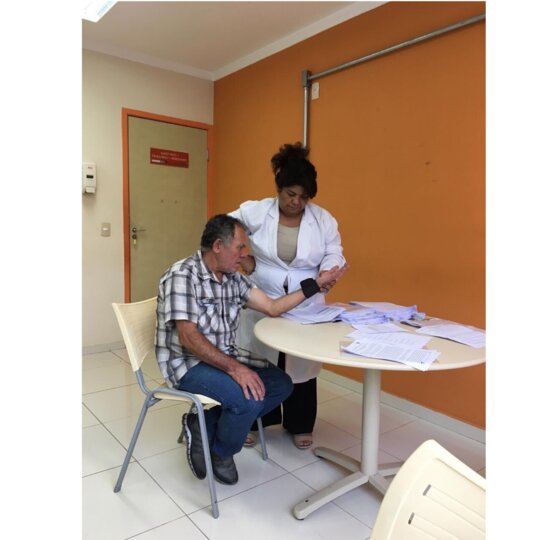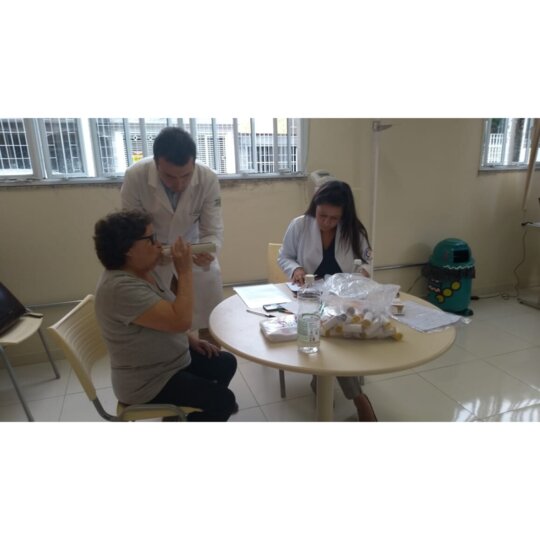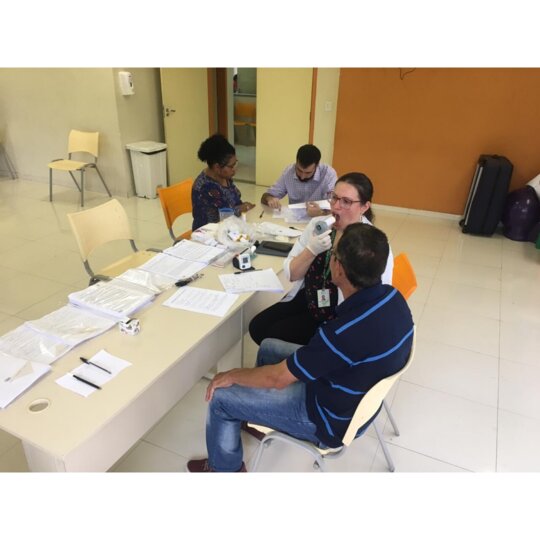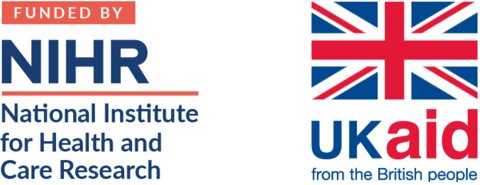Breathe Well Brazil
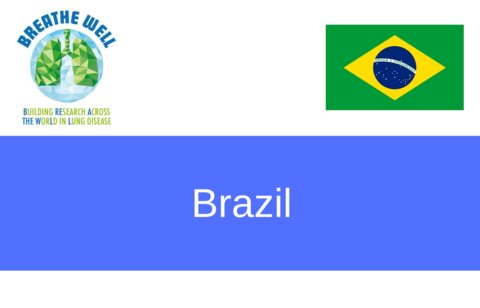
Project 1: What are the most cost effective screening strategies for identifying undiagnosed COPD amongst patients (≥40 years) with systemic arterial hypertension?
Study design: Cross sectional (screening test accuracy)
Progress update: The team has recruited 1,201 subjects in Nine Basic Health Units (BHUs) sites which is over the target of 1080. Data collection ended in October 2019. The team are in the analysis and write-up phase of this project, with an aim for publication and dissemination of the results in August 2020. The project began in January 2019. Ethical approval for the study is registered on ISRTCN. Each BHU received training in the study procedures and required equipment.
Project 2: To explore the barriers and enablers to physical activity and exercise programmes amongst COPD patients in Brazil with and without anxiety or depression
Study design: Data collection: 6 Focus Groups. Data analysis will use the Framework method.
Population: Established or newly diagnosed COPD patients, registered at participating BHUs in São Bernardo de Campo. Eligibility criteria: COPD diagnosis, with/without signs of anxiety or depression.
Progress update: In December 2019 all of the research sites were recruited. The focus groups start in February 2020.
Background
Brazil has a population of 200 million. Average life expectancy is 74 (1). Brazil has a community-based system of primary care, known as the Family Health Strategy (FHS). Introduced on a small scale in the 1990s, by 2014 it encompassed 62% of the population. FHS provision is handled by teams consisting of a family physician, a nurse, a nurse assistant, and four to six community health agents. Each team has primary care responsibility for up to 1,000 households, including some disease prevention. Each community agent is responsible for approximately 150 households and lives in the area. The agent visits every household at least once per month, checking for signs of ill-health and keeps track of appointments. As such, the concept has proven effective in increasing coverage and utilisation of health care, especially among lower socioeconomic and rural populations (2).
Secondary and tertiary care is provided by a mix of public and private providers, with private providers both being subcontracted by the state system and available through out-of-pocket spending (3).
COPD burden and management
COPD prevalence is 4,242 per 100,000 (4). It accounts for about 2% of all morbidity in Brazil, measured in DALYs (disease adjusted life-years). Compared to the other partner countries, smoking is responsible for a high amount of COPD burden, with occupational exposure and outdoor air particulates coming in second (4).
COPD is generally diagnosed and treated by pulmonologists in hospital. Patients either get referred through primary care, or seek hospital care from the start. Spirometry with reversibility testing is the adopted standard of diagnosis, and is usually performed by trained technicians at public health facilities to where the patients are referred by pulmonologists. There is usually one unit performing spirometry per administrative area (e.g. city). Pulmonologists also hold exclusive right to prescribe COPD inhalers such as LABA and ICS, as well as home oxygen and pulmonary rehabilitation.
Whilst the role of diagnosing COPD is thus put on secondary care, general practitioners maintain close contact with the patient and are generally responsible for long term continuity. They also refer patients to smoking-cessation CBT and prescribe nicotine replacement therapy (NRT).
References
- GBD 2016. Global Burden of Disease Study 2016.
- World Health Organization(2015) Brazil: WHO statistical profile. World Health Organization.
- Macinko, J., & Harris, M. J. (2015) Brazil's family health strategy—delivering community-based primary care in a universal health system. New England Journal of Medicine, 372(23), 2177-2181.
- Paim, J., Travassos, C., Almeida, C., Bahia, L., & Macinko, J. (2011) The Brazilian health system: history, advances, and challenges. The Lancet, 377(9779), 1778-1797
- Global Burden of Disease Study (2016)


